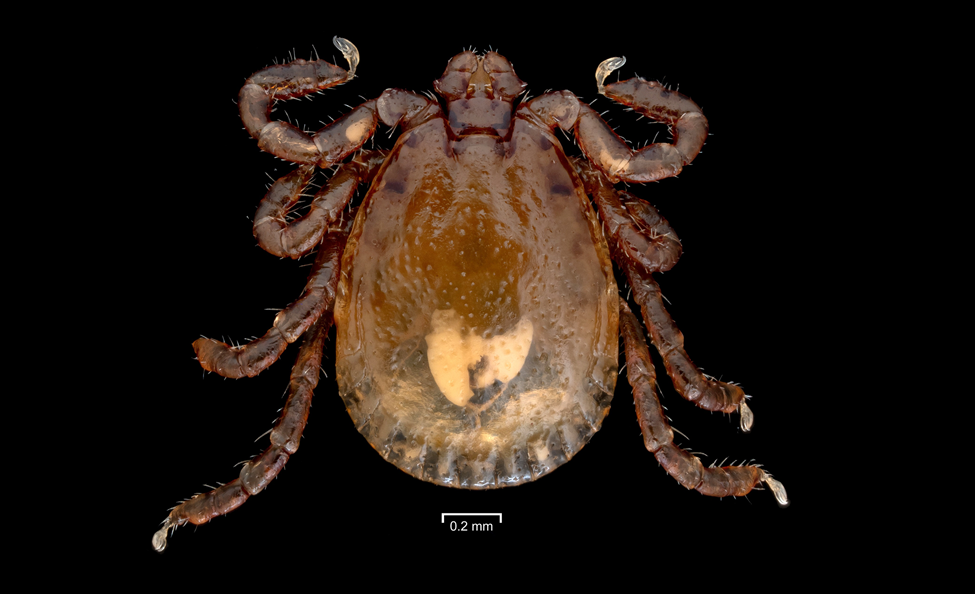The metazoan parasites of vertebrates are important components of global biodiversity but although many parasite species are threatened with extinction, their conservation has been largely neglected. However, recent interest has culminated in the emergence of the nascent field of parasite conservation biology and the establishment of the IUCN Species Survival Commission Parasite Specialist Group (Hopkins & Kwak, 2023, Oryx, 57, 283). Until now, parasite conservation biology has been largely aspirational, with few practical efforts to protect threatened parasites. As far as we are aware, the conservation programme for the Ryukyu rabbit tick Haemaphysalis pentalagi is the first for a globally threatened parasite species.
The Ryukyu rabbit tick is a co-threatened parasite of the Amami rabbit Pentalagus furnessi, both endemic to the Amami archipelago in southern Japan. The population of P. furnessi (and presumably also H. pentalagi) declined markedly following the introduction of the small Indian mongoose Urva auropunctata in the 1970s. In 2022, a conservation project, partly funded by the Mohamed bin Zayed Species Conservation Fund, was launched to safeguard the Ryukyu rabbit tick from extinction, through both in situ and ex situ actions. On Amamioshima, in situ monitoring of H. pentalagi is ongoing. The aim is to collect baseline abundance data on H. pentalagi and to then assess the impacts of conservation actions taken to control introduced predators (mongooses, feral cats and dogs) and wildlife diseases (e.g. toxoplasmosis, rabbit haemorrhagic disease) that threaten H. pentalagi and its host P. furnessi.
An ex situ insurance population of H. pentalagi has been established at Hokkaido University from individuals collected on Amamioshima. This population has successfully reproduced in captivity and had completed one full life cycle as of May 2024, with the second captive-bred generation now maturing. A husbandry manual for this threatened tick species is in development and additional ex situ insurance populations may be established at other universities and zoos.
The success of the ongoing Ryukyu rabbit tick conservation programme demonstrates that both in situ and ex situ parasite conservation are achievable. This programme also highlights the importance of collaboration between philanthropic organizations, government ministries and conservation biologists to safeguard threatened parasites against extinction.

Adult male Ryukyu rabbit tick Haemaphysalis pentalagi. Photo copyright: Takamasa Nemoto (all rights reserved).


